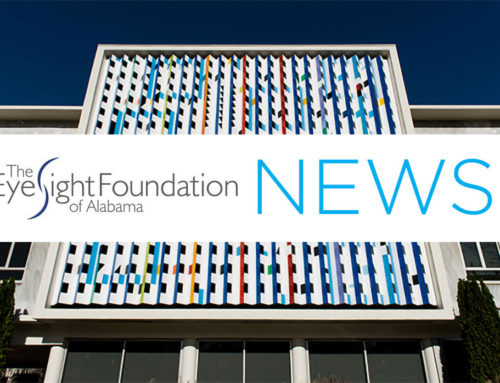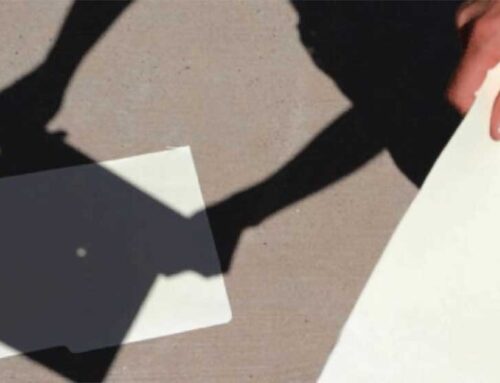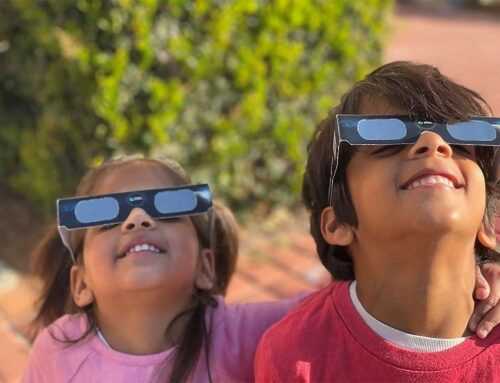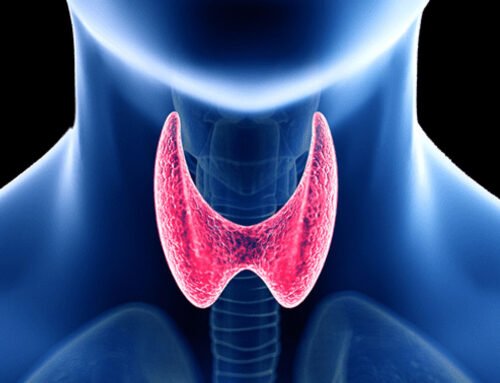When a national coalition of 10 leading eyesight organizations launched an awareness campaign focusing on the benefits of vision research, it was no surprise that one of the first experts they [SBC(1] identified was Dr. Brian Samuels.
Samuels is a clinician-scientist and the Dennis Endowed Professor in Glaucoma Research at UAB Department of Ophthalmology and Visual Science. His research centers on glaucoma, specifically how the brain controls eye pressure and brain pressure and how changes in these pressures result in eye diseases.

While Dr. Samuels has received several federal grants to finance his work, the funding from philanthropic partners like EyeSight Foundation of Alabama (ESFA) remains critical in advancing this transformative work. With the increasing complexity and costs in biomedical research, even well-funded laboratories can only cover a modest portion of these cost through federal research dollars. “We would not be where we are without ESFA’s research grant,” Samuels said. “Support that we receive from our philanthropic partners allows our team to do all the research that is needed.”
That research has led to breakthroughs, such as identifying a neurotransmitter in the brain that appears to control both intraocular and intracranial pressure. His team is now studying compounds that block this neurotransmitter’s receptors in hopes of finding new treatments for glaucoma. “In my clinic, I focus on treating one patient at a time. Our goal in the laboratory is to find new treatments or cures to blinding diseases that will affect millions of people at once,” Samuels said.
He and his collaborators at UAB have developed new models to accelerate research findings. With these novel models, he said, it opens doors to using cutting-edge techniques, such as the use of stem cell injections, to further research findings.
Samuels collaborates with research groups at Vanderbilt and Harvard’s Massachusetts Eye and Ear Infirmary as part of the National Institute of Health’s Audacious Goals Initiative. This is a unique open model in which groups of NIH-funded researchers meet regularly during their 5-year funding cycle to openly discuss their progress – resources they have developed and can share with the group and roadblocks they have encountered.
This setup encourages sharing findings early and using other resources and expertise within the broad group to help solve problems and accelerate findings. “It is a unique program and really works quite well,” he said.
Samuels also has worked with NASA to help understand why astronauts who live in space for extended periods of time experience eye problems.
The path to UAB
Samuels earned his MD and PhD in his native Indiana.
When he was in medical school, he had a friend from his undergraduate days at Wabash College who was already in his ophthalmology residency, and he became Samuels’ mentor. “I was searching for a good residency program, and he recommended UAB.” He had described UAB and its research focus as a “diamond in the rough-type program.”
It turned out UAB was an ideal fit for him at the time. It had a world class ophthalmology residency program, and the operational set up with Callahan Eye Hospital made it “incredibly unique,” he said.
“I wanted to grow as a clinician-scientist,” and UAB had a clinician-scientist track they were piloting. Instead of a traditional three-year residency program, UAB had developed a four-year residency that had an additional year allowed for protected research time. “That was unique around the country and a perfect fit for what I was looking for.”
But they eventually found that because the residency program is so busy, it was not feasible to take a resident out of the rotation, and Dr. Samuels completed the traditional three-year program.
Knowing Dr. Samuels’ commitment to a clinician-scientist career, Dr. Chris Girkin recommended he consider Duke, where Chair David Epstein was known as one of the nation’s leading proponents of clinician-scientists in ophthalmology. Samuels headed in that direction and completed both a clinical and research glaucoma fellowship.
Dr. Samuels’ original plan was to return to UAB immediately after completing his fellowships, but an ongoing search for a chair of Ophthalmology at UAB delayed that plan. Instead, he returned to Indiana, where a local philanthropist endowed a large sum for the creation of a new eye institute there. He was one of the first to be recruited, and it was an opportunity to return home and help build the program, he said. Three years later, UAB approached Dr. Samuels with an opportunity to return to UAB as a clinician-scientist, where Dr. Girkin was building a world-class glaucoma division.
That was seven years ago, and Dr. Samuels recently took over as director of the glaucoma division, which now includes three clinician-scientists, five clinical faculty, six research faculty and two clinical fellows. His laboratory consists of four team members – two PhDs in the lab who work independently running research projects research and two research technicians who are integral to the day-to-day operations in the laboratory.
A week in the life
A typical week for Samuels includes research, clinical and surgical care of glaucoma patients and teaching. Monday through Thursday mornings are typically dedicated to research where he continues to be “hands-on” for all of the surgical techniques in the laboratory. He holds lab meetings with his staff and meets with collaborators, both at UAB and around the nation.
He also works with national organizations by serving on the Annual Program Committees of the American Academy of Ophthalmology and the Association for Research and Vision in Ophthalmology.
On Thursdays, he has surgical block time at Callahan Eye Hospital where he operates on his own clinic patients, but he also serves as the attending physician on resident cases. He enjoys this time as it gives him the opportunity to teach both fellows and residents. On Friday mornings, he sees clinic patients and by afternoon, he is catching up on anything that needs to be done.
Putting dollars in the right places
Samuels stresses the integral role research plays in the breakthroughs in vision health in which he and others have been involved. But it comes with a price tag and the need for philanthropic partners.
He explained that the primary funding for a lot of laboratories comes from NIH. The NIH attempts to fund as many projects as possible, but because their budget has not increased significantly throughout the years, neither has the budget for individual laboratories. That means every dollar generated from research grants needs to be leveraged with support from university or philanthropic partners.
“Without our philanthropic team members, we could not do the research needed to find new cures and treatments for blinding disease,” Samuels said. “Our relationship with our philanthropists is the backbone for vision research here at UAB. The discoveries we make in the laboratories are their discoveries as well. I hope they understand the critical role they play.”






